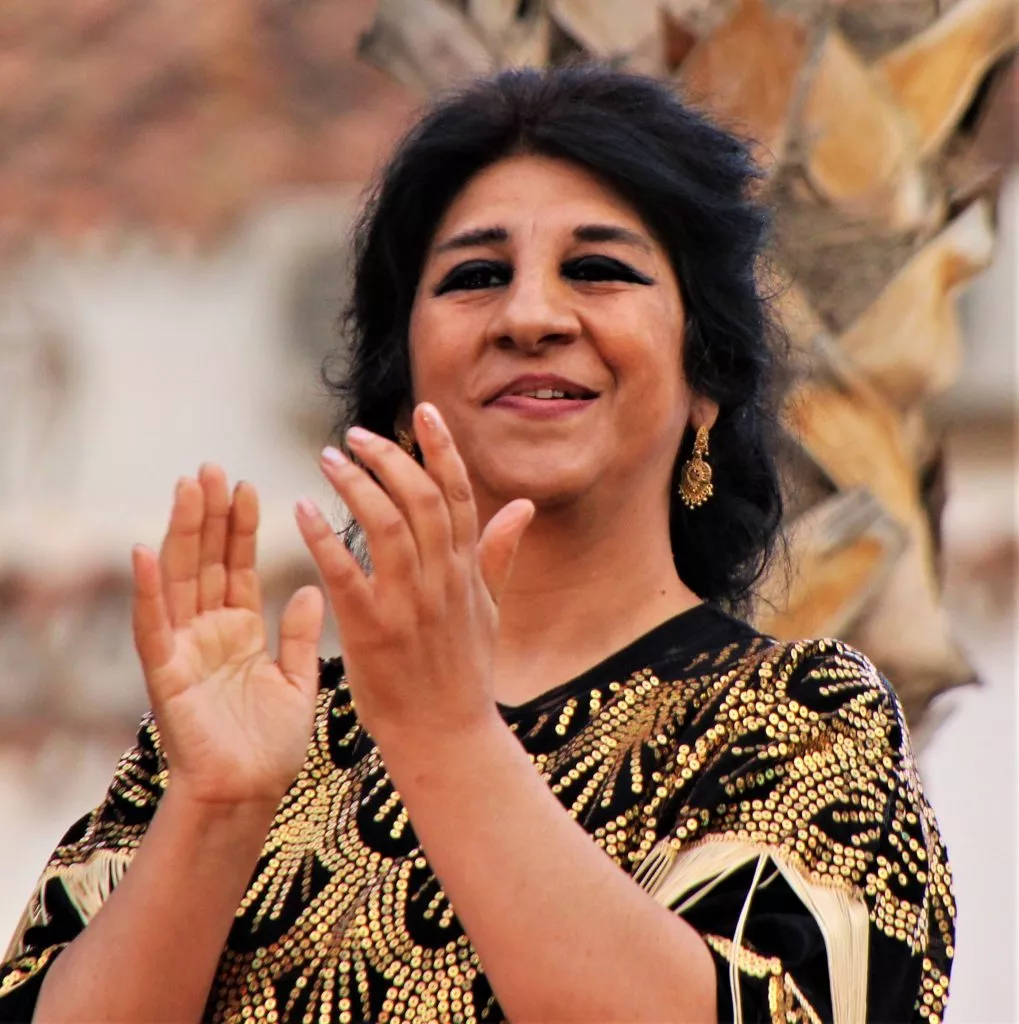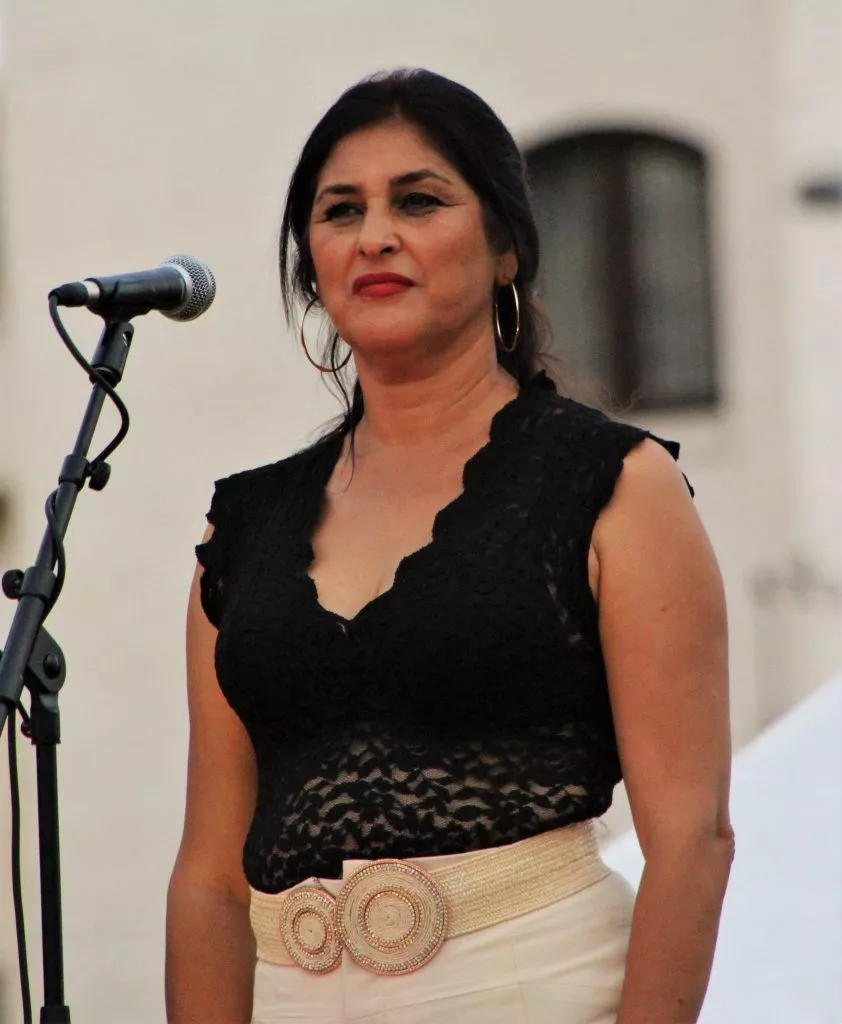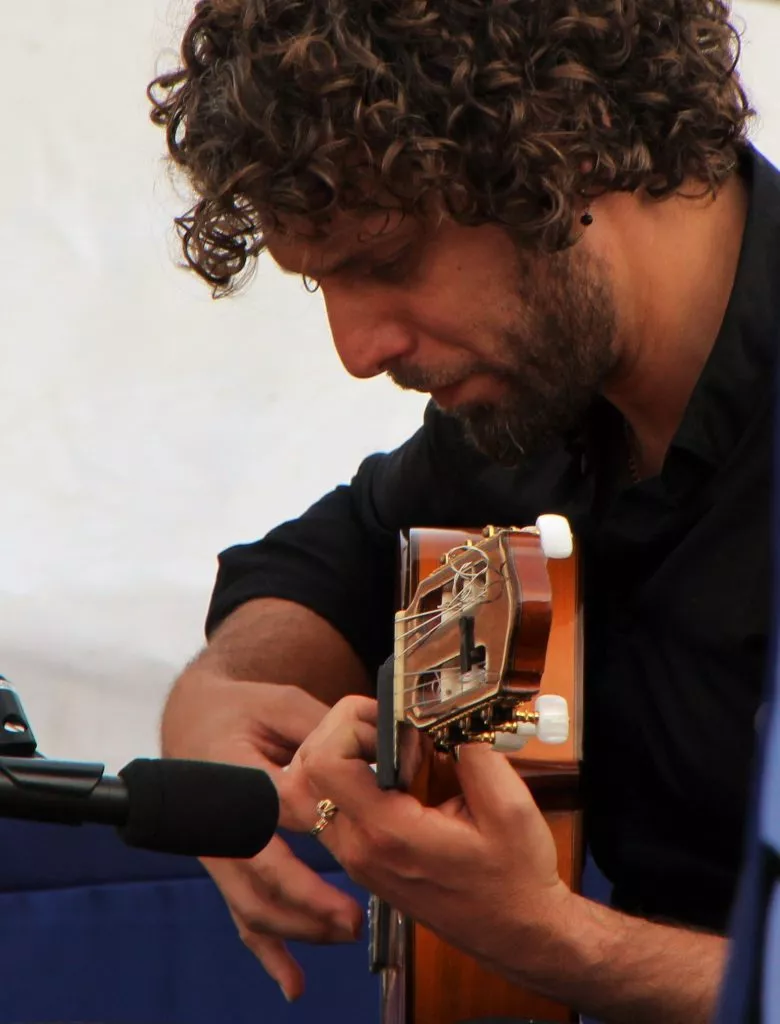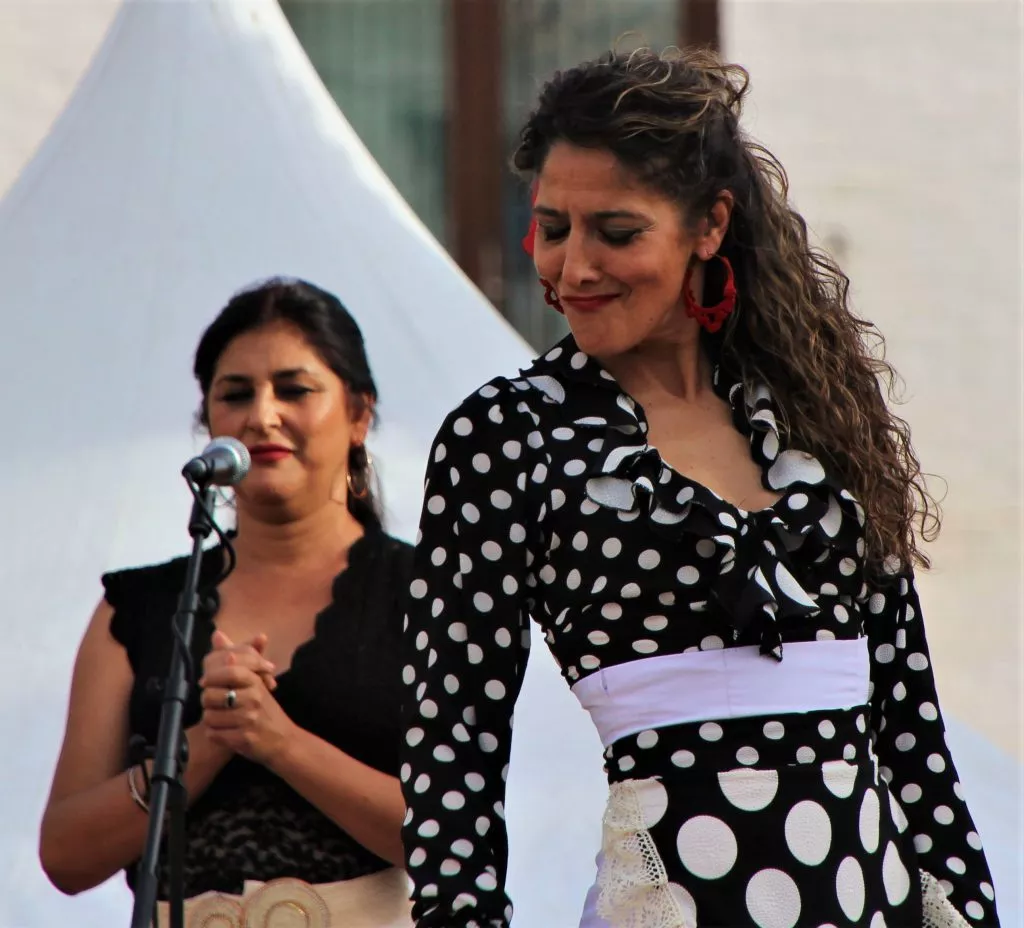Nerja 2024 International Romani – Gypsy – Day
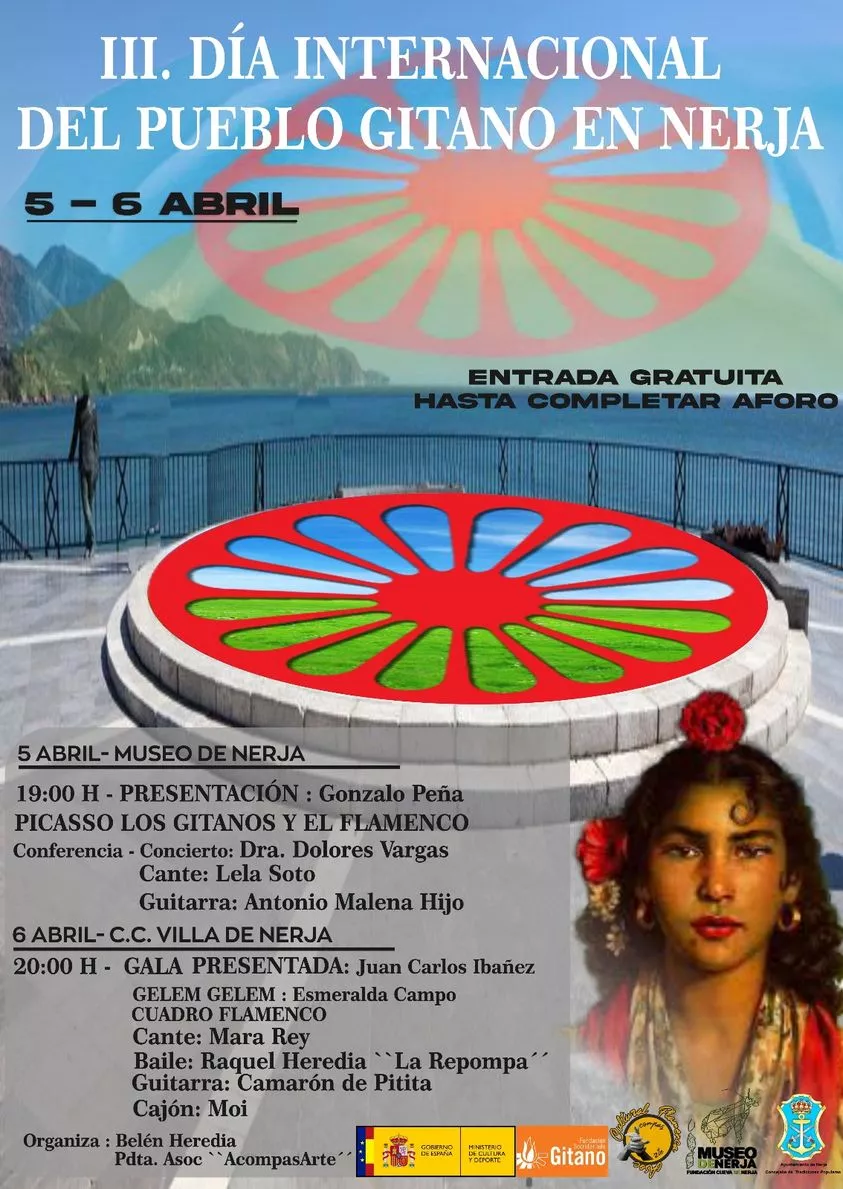
Nerja celebrates the International Romani Day
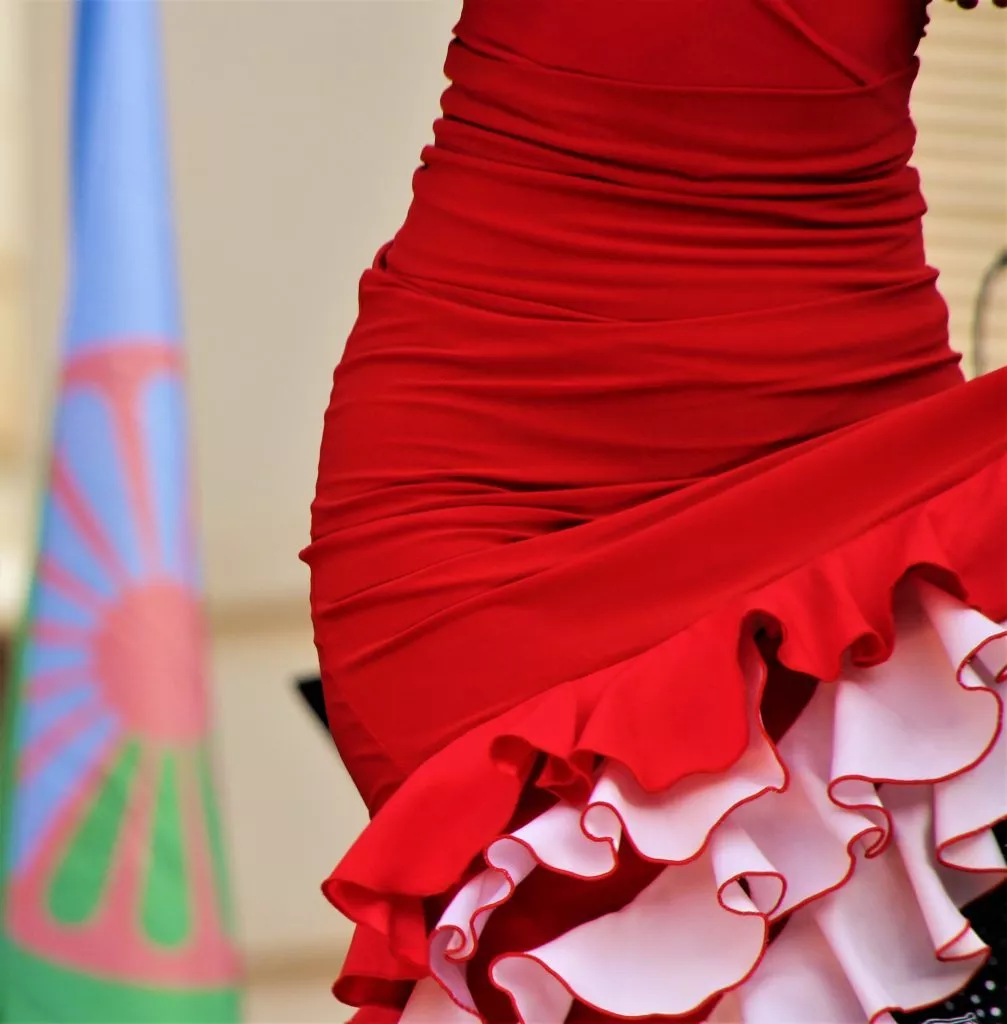
Here is the essential information about the International Romani Day in Nerja:
- A few words about Nerja
- The dates of this celebration
- The programme of this festival
- A few words about the Gypsy people
- some useful links
NB: All the photos were taken in 2022, when the festival was held outdoors that year.
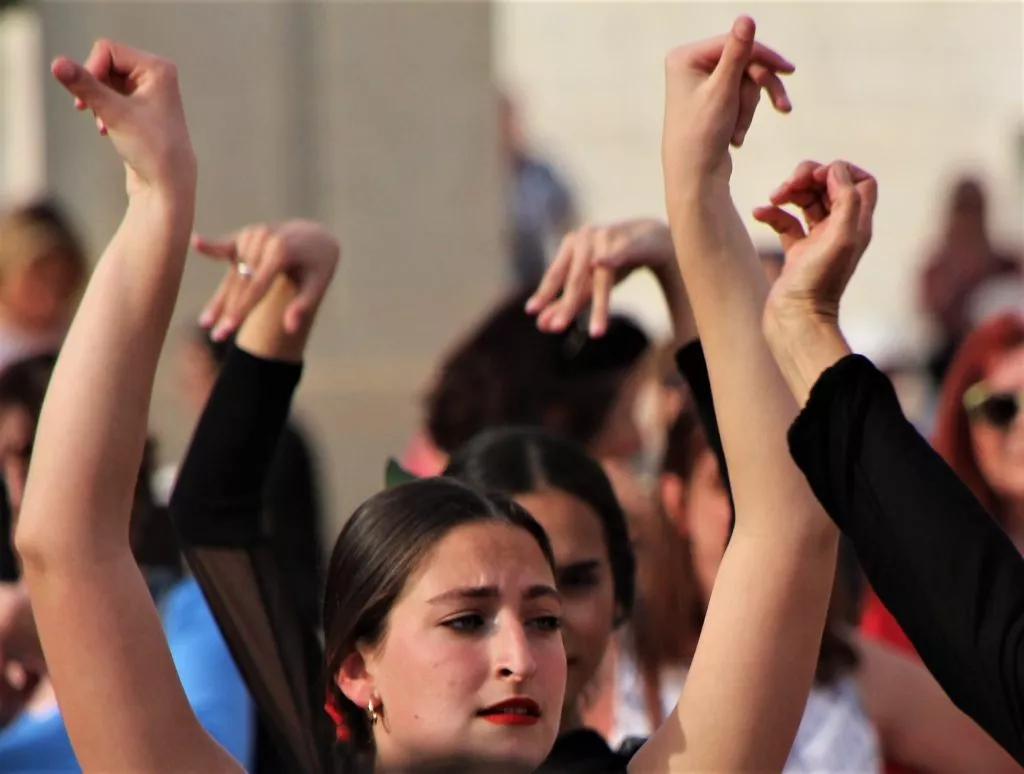
A few words about Nerja
Nerja is located in Axarquia, in the province of Malaga.
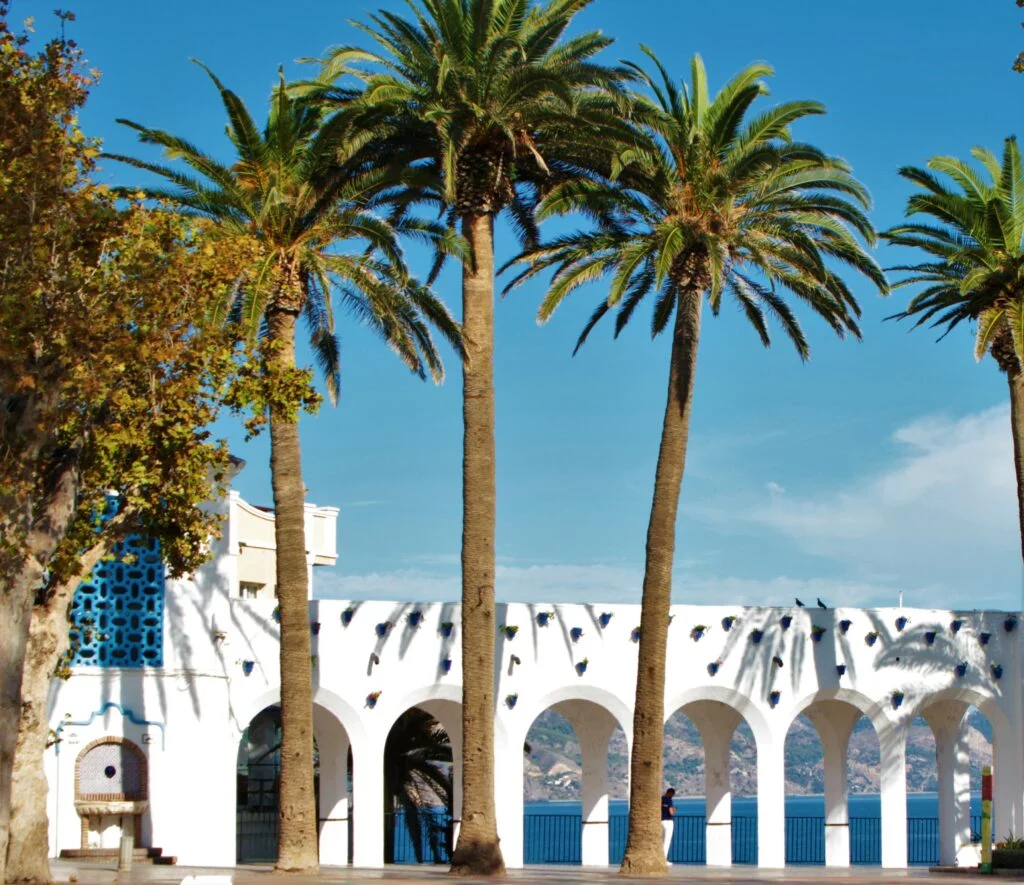
To find out more about the Pearl of the Costa del Sol, click on the link: Nerja.
Note : If you are in the western part of the Costa del Sol and would like to visit Nerja anf Frigiliana, you can use the following link to book a tour from Málaga, Torremolinos, Mijas or Benalmadena.

Dates of this festival
The International Day of the Gypsy People will be celebrated on 5 and 6 April 2024.
The official date for this celebration is 8 April.
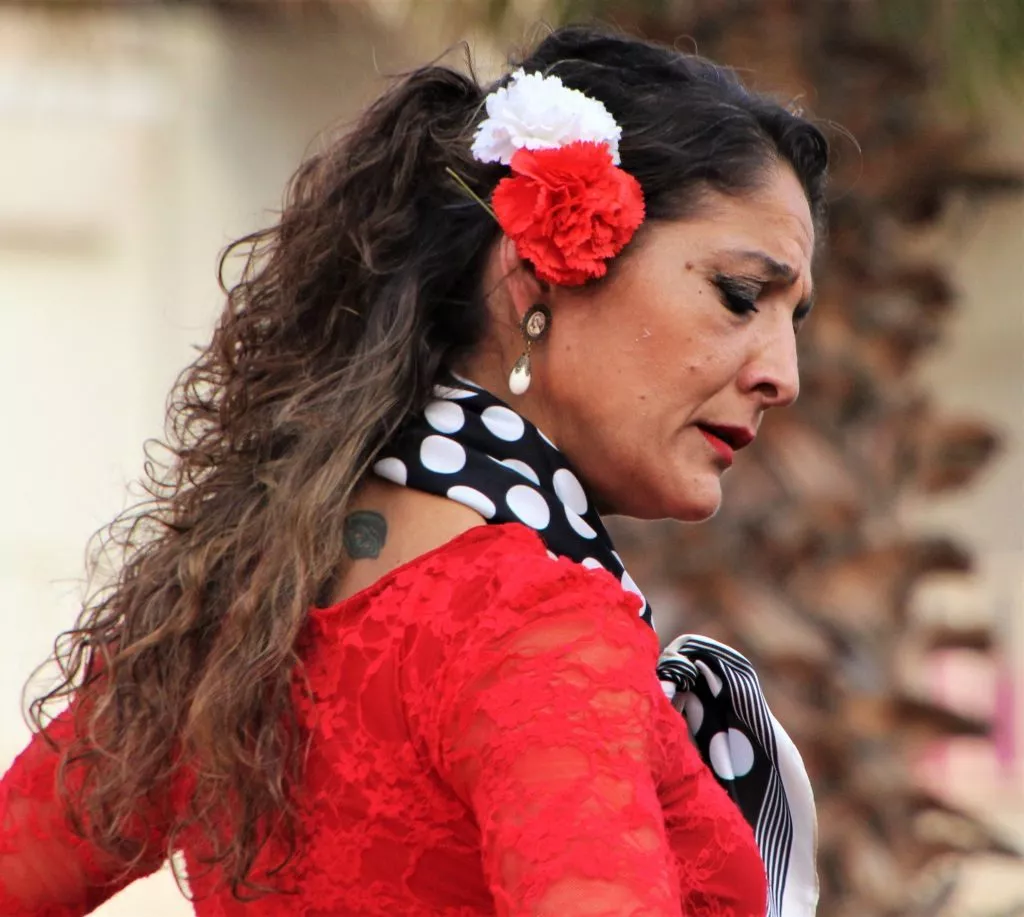
The programme 2024 of the celebrations
Below is a short video of the show:
At the Nerja Museum on Friday 5 April at 7.00 pm:
- Round-table discussion on the theme: Picasso, gypsies and flamenco.
At 7.30 pm: a lecture and concert. The talk will be given by Dolores Vargas Jiménez. On vocals: Lela Soto and guitarist Antoni Malena son.
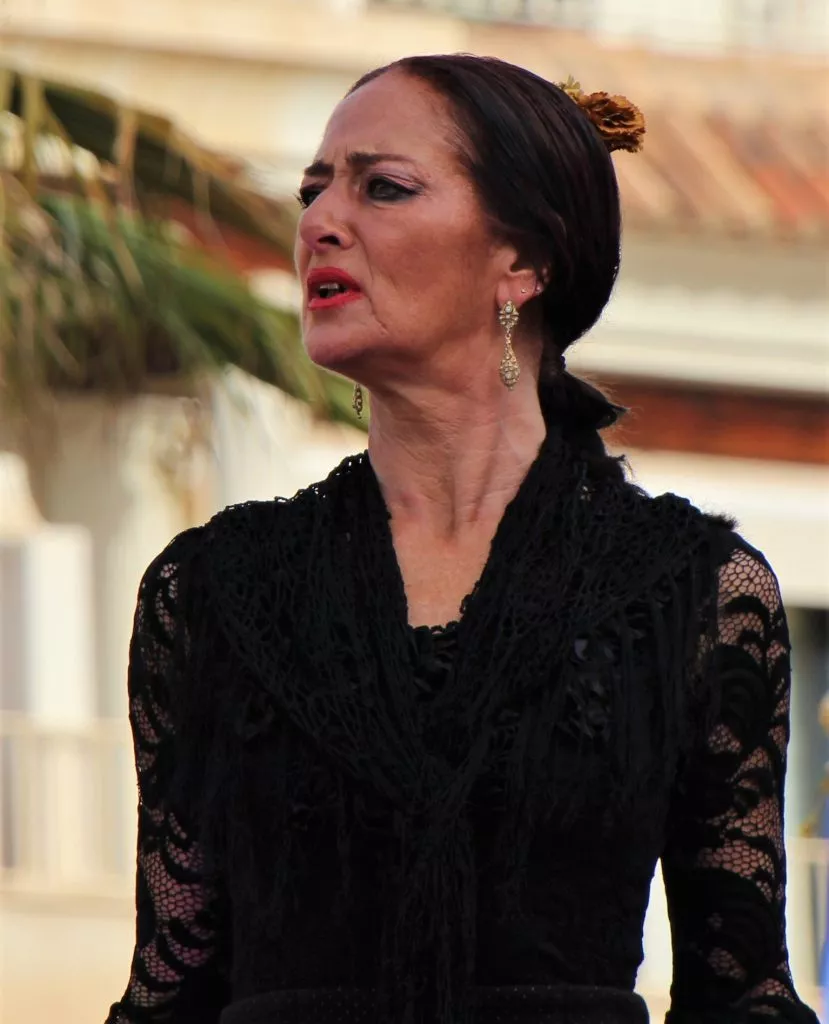
Saturday at 8.00 pm at the Centro Cultural Villa de Nerja:
- International Rom – Gypsy – Day Gala
- Reading of a manifesto
- Tribute to Dolores Trigueros Garcés, the oldest Rom woman, with the participation of her relatives
- The anthem “Gelem-Gelem” will be performed by Esmeralda Campos
- Flamenco with Mara Rey on vocals, Camarón de Pitita on guitar, Raquel Heredia ‘La Repompa’ on dance and Moi on percussion.
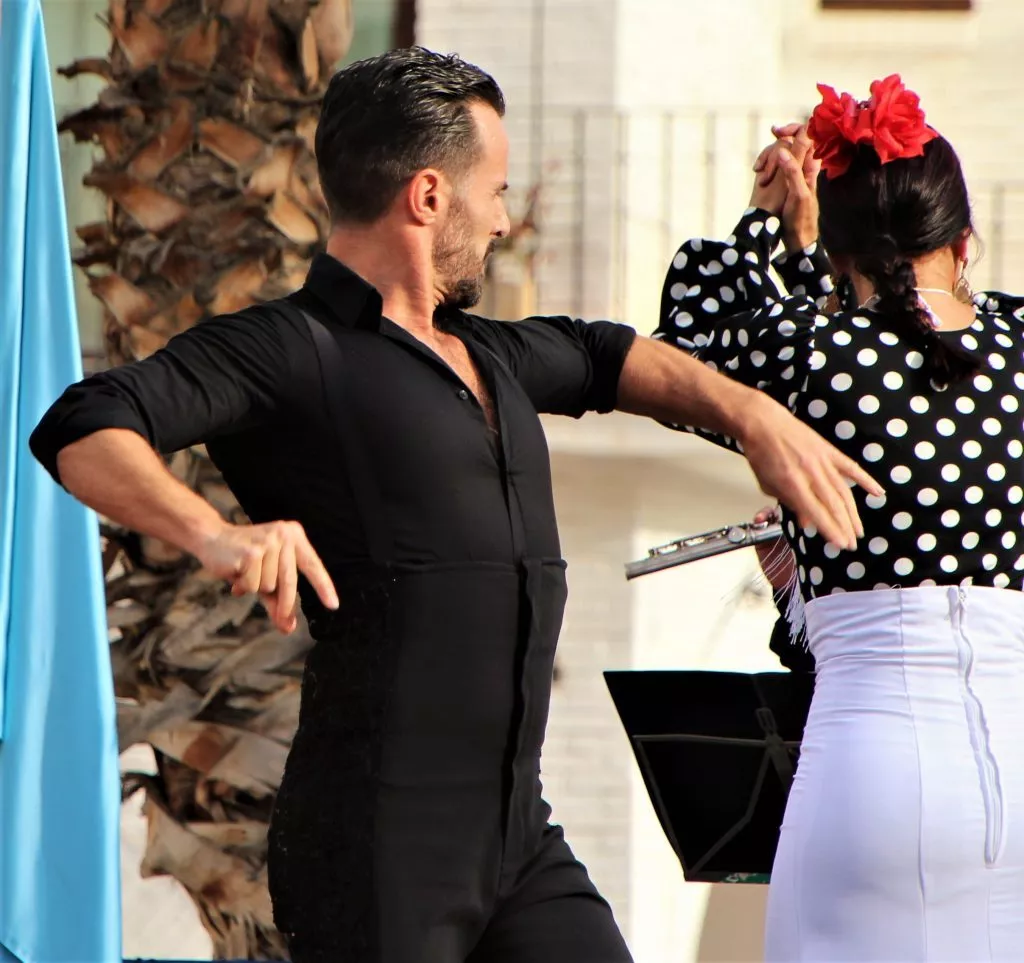
A few words about the gypsy people

This day in Nerja is an opportunity to remember the history of the Gypsy people
April 8 is International Roma Day. This date commemorates the first World Gypsy Congress held in London in 1971. They became a people of Europe in their own right on that day. The only particularity is that this people has a flag and an anthem but no territory, border or country.
Another short video of this celebration in Nerja:
On this day in 1971, the flag and anthem of the gypsies were instituted.
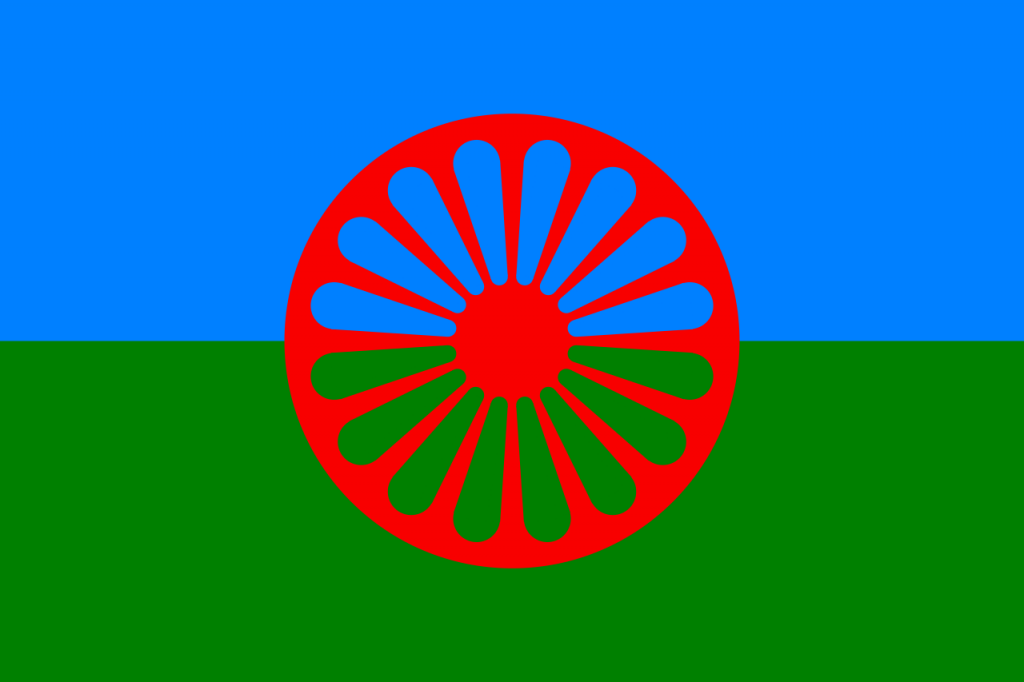
In the following link: listen to “Djelem, djelem”, the anthem of the Roma people
Djelem, Djelem or Dzelem, Dzelem means ‘I walked, I walked’.

Roma people is the official name
This name has its origin in the Sinti language (a language resulting from the mixture of Romanian and German. The romani cel (which gave rise to the name romanichel in the past) and which means the people of Roma.
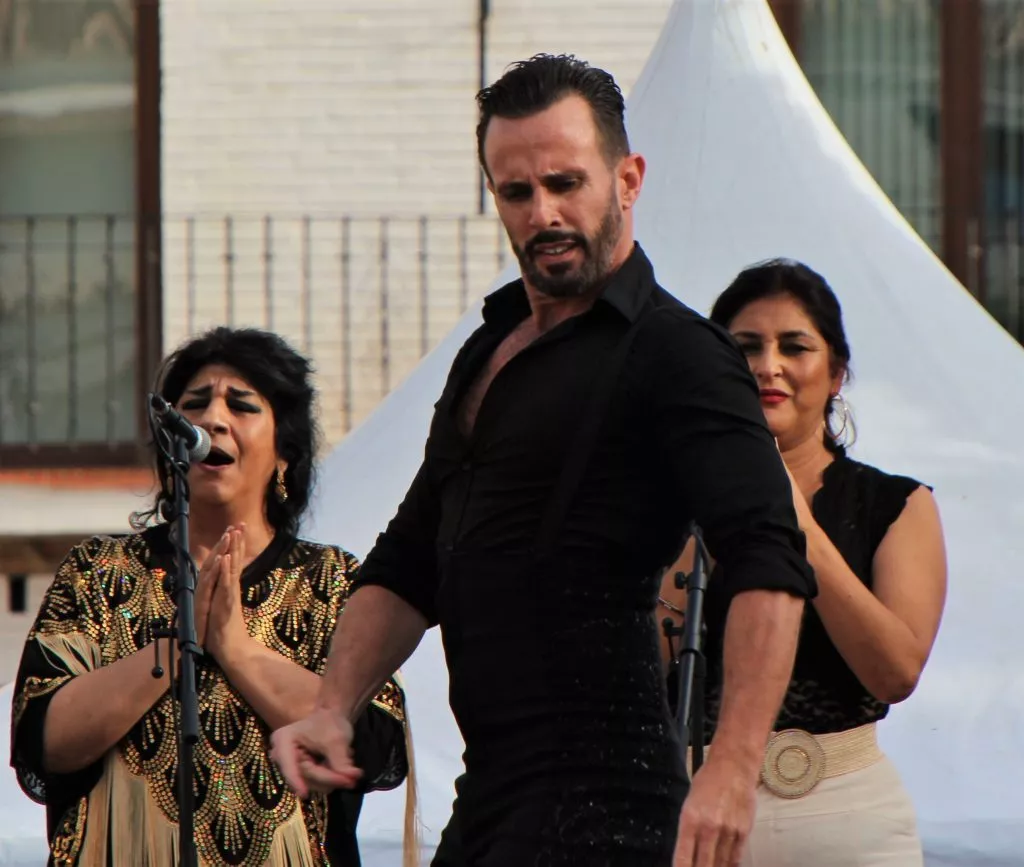
The history of the Roma people
They are a people who left North India about 1000 years ago and arrived in Europe around the 14th century. They settled in Spain in the 15th century.
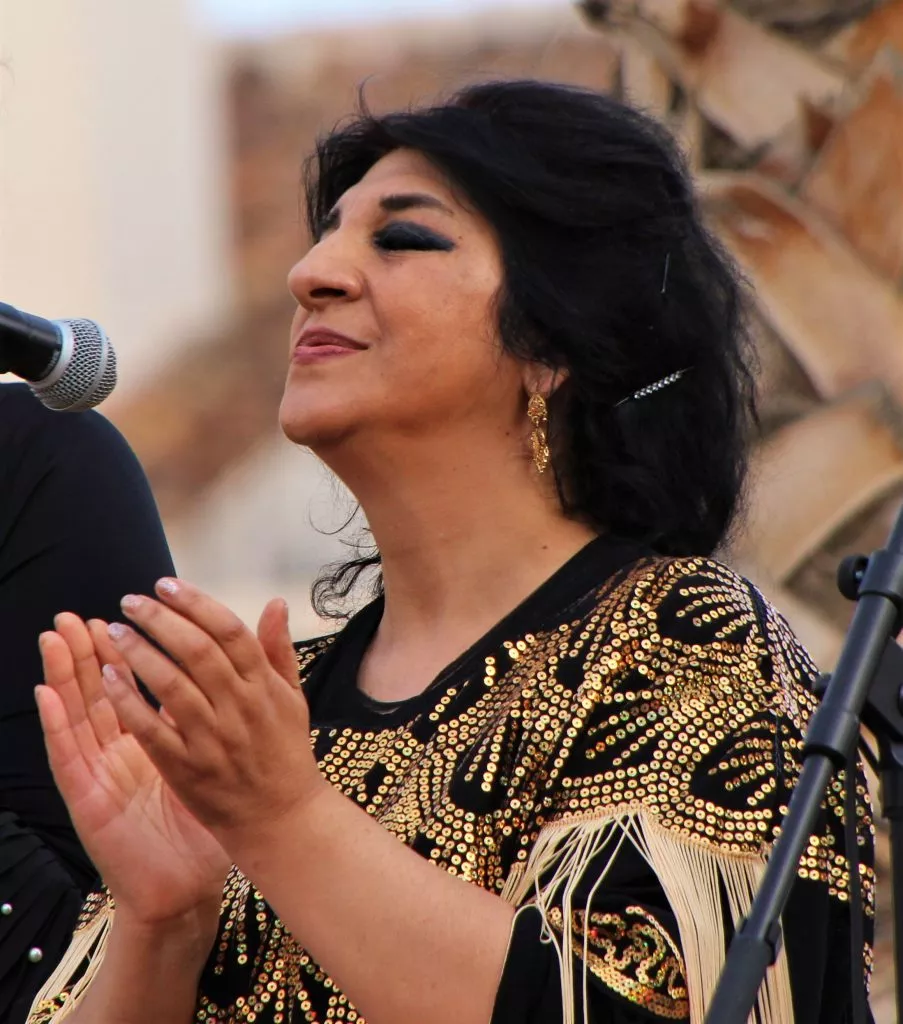
In the 20th century, they were also subjected to the atrocities of the Nazi regime and suffered a genocide. This genocide has a name “Samudaripen” which means “total murder” in Romani language. It is estimated that 50% of the Roma people were exterminated.
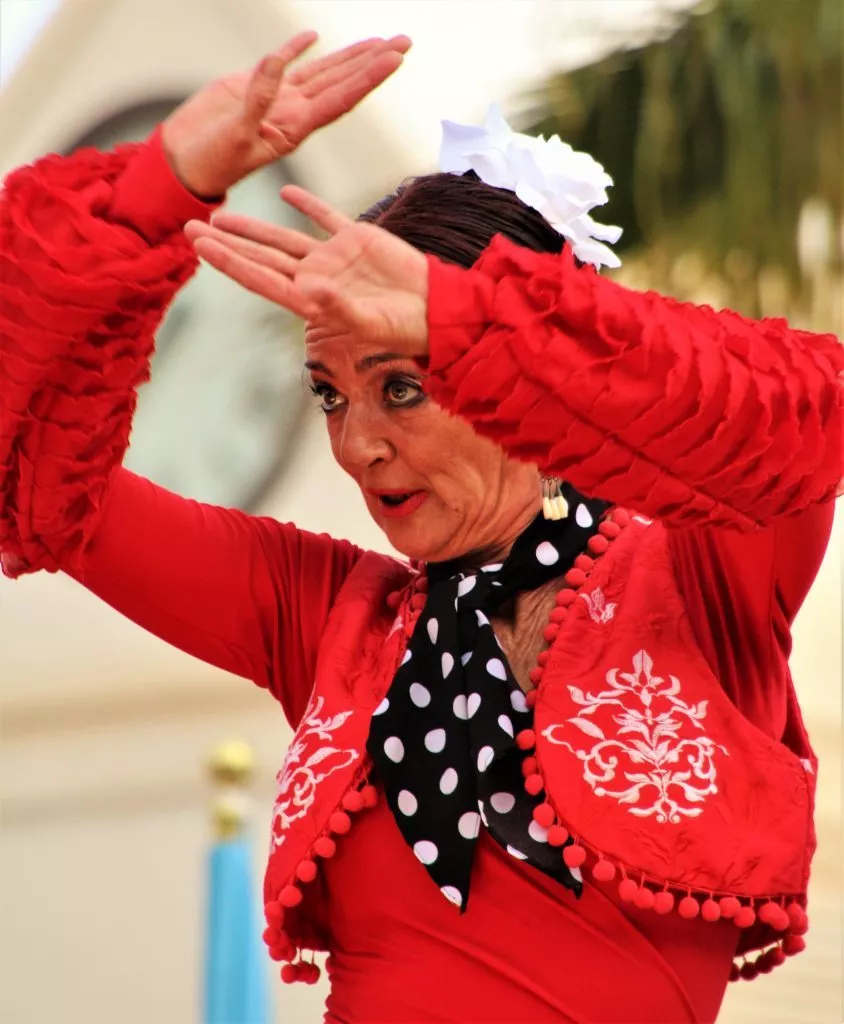
Roma, gypsy, bohemian
In Europe, the Roma people will go by many names depending on their location:
- In Eastern Europe, they will be called: Roma
- In Central Europe, they are called : Bohemian
- In Great Britain, they will be called: gipsy
- In Western Europe, it will be called: manouche or sinté
- In Spain and the south of France it is called gitan/gitano.
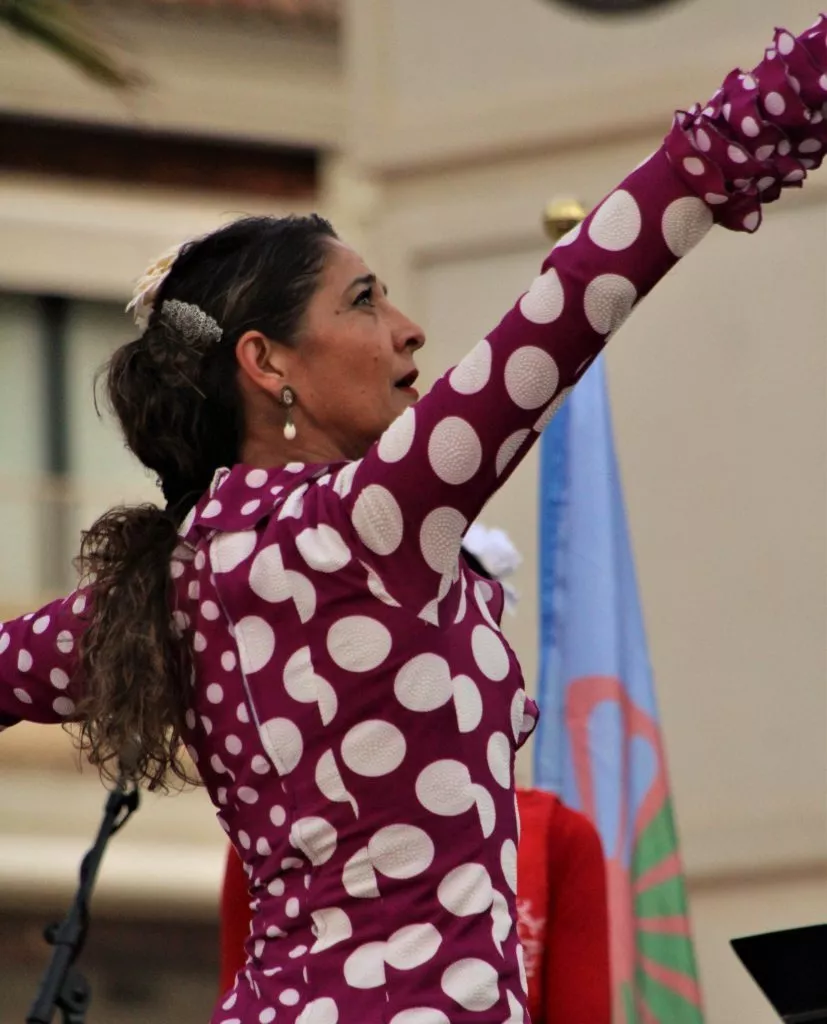
The Gypsy language is called Calo. It is a mixture of Romance languages.
Some more photos of this wonderful show:
Some useful links
In the surroundings, it is possible to find very nice activities:
- horse riding, on the beach or in the mountains
- diving in Nerja and Torrox
- guided tours (villages of Axarquia, Cordoba, Alhambra,…)
- via ferrata (Caminito del Rey,…)
- hiking (El Saltillo with the hanging bridge,…)
- canyoning (in the rio Verde,…)
- astrotourism
- snorkeling
- visit of Nerja caves
Use the following link to access all the activities to do. during your holidays. This link provides you with all the details of each activity.
Find out all about the most spectacular fair of the year in the province of Málaga: The Malaga Fair
And finally, here are some other experiences to do Malaga province :
Discover other great places in Andalucia in the Andalucia blog pages.
Here is the link to receive our newsletter from the andaluciamia.com blog.
Here are the latest articles on Andalucia
-
Interactive map of Andalucia with best places to see
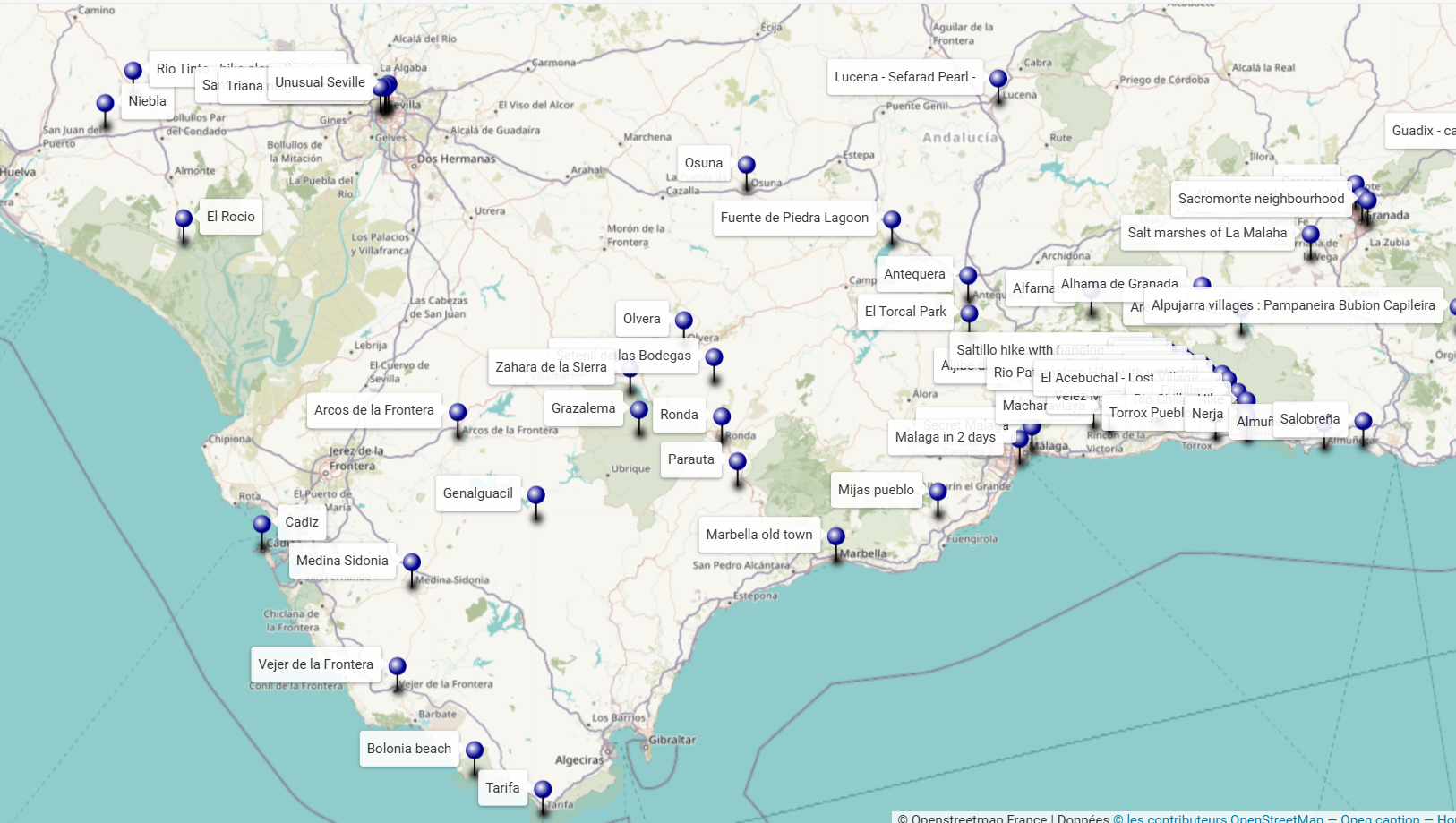
An interactive map of Andalucia to discover the sites to see around your holiday destination or to prepare a tour or road-trip.
-
What to see in Parauta and its enchanted forest ?
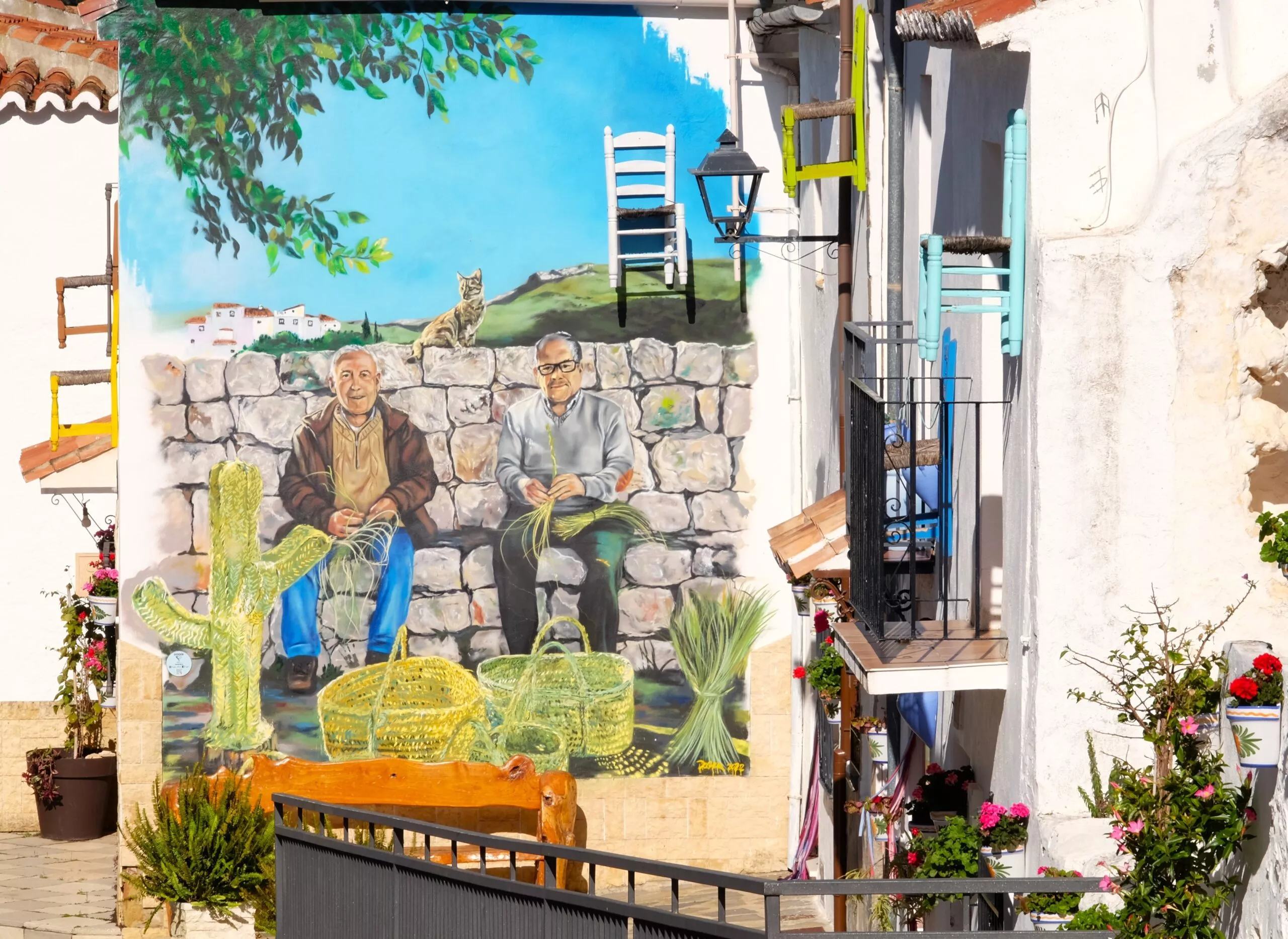
All the essential things to see in the wonderful village of Parauta and also in its very curious enchanted forest, el bosque encantado.
-
Genalguacil – what to see in the Vizier’s beautiful gardens
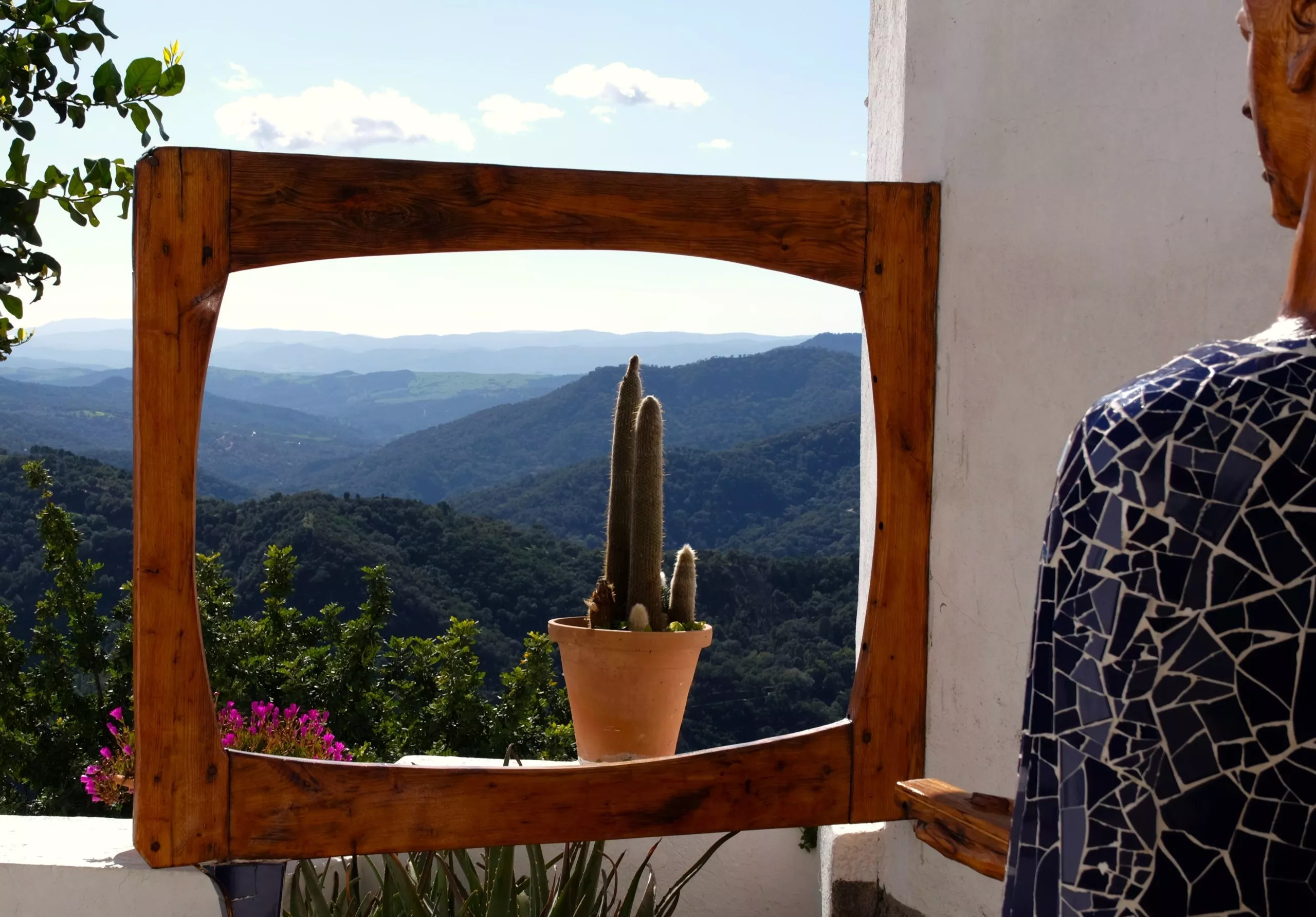
Here are all the essentials to see in the incredible village-museum of Genalguacil. This is an opportunity to discover the Genal Valley.

